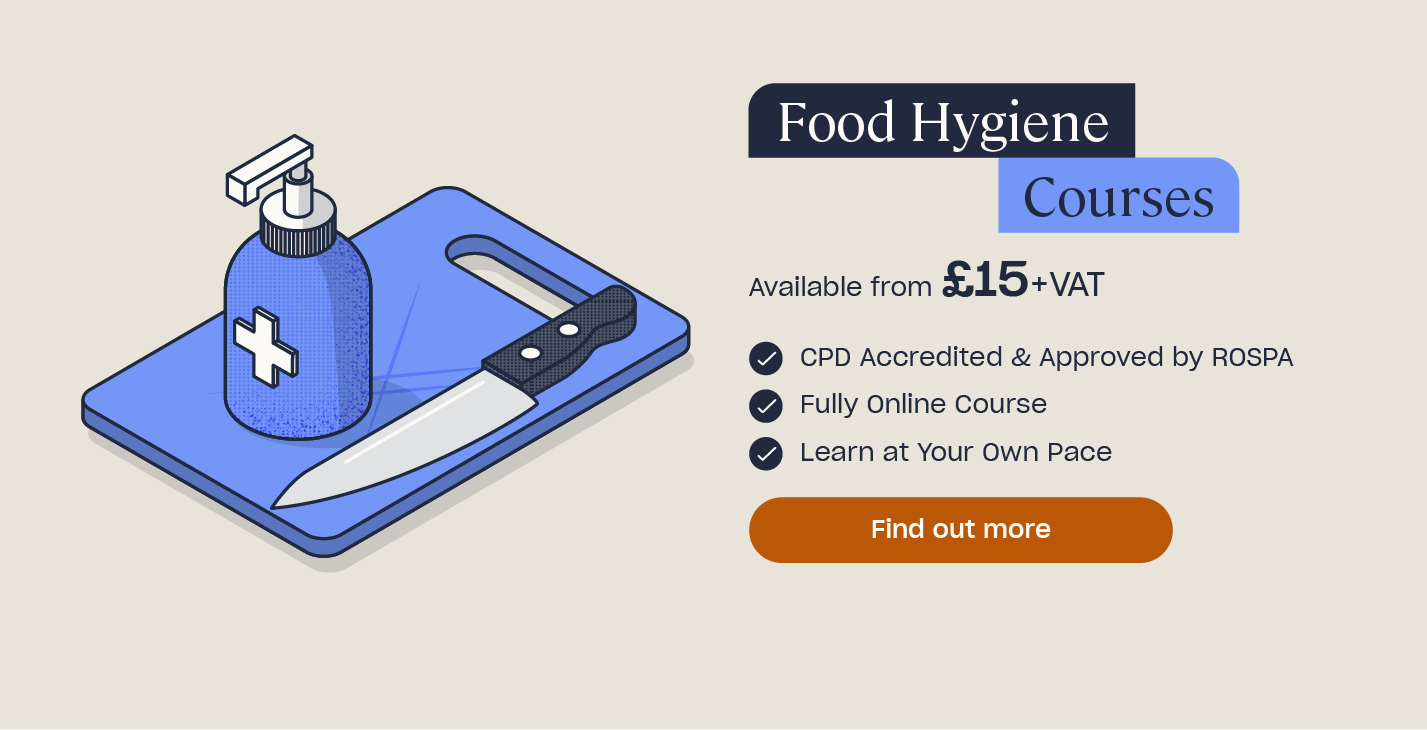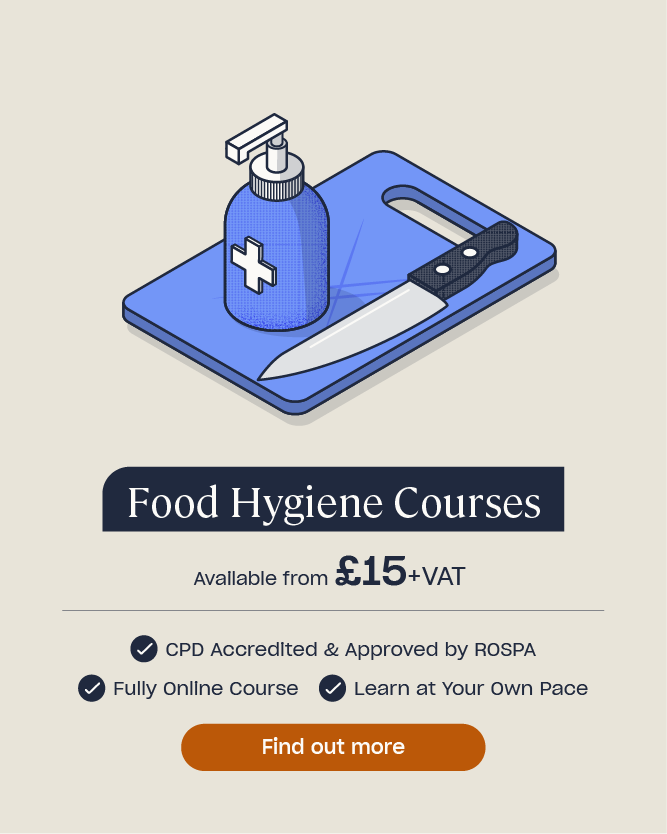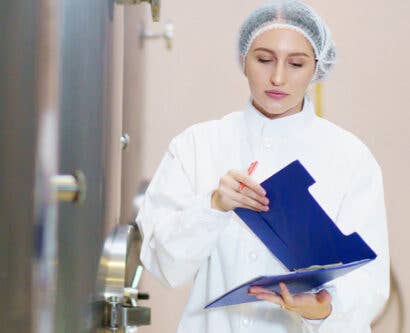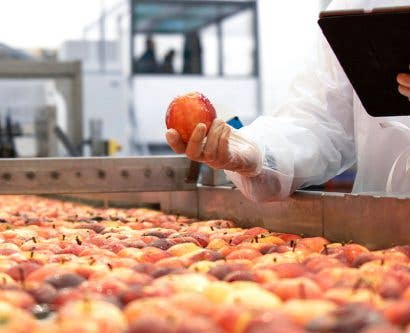How to Accept Frozen Food Deliveries: A Safety Checklist
Food deliveries can come in many different forms, including dried, chilled, or frozen. Everything you receive has to meet certain standards so it’s safe for you to use and sell for public consumption. If you accept a food delivery, you are responsible for making sure the products are in an acceptable condition, and that all deliveries are stored away correctly.
Frozen food is considered to be one of the safest forms of food preservation. However, if it is not handled or stored correctly, it poses a high risk of ill health to the consumer. It is crucial that you correctly follow your delivery procedures, such as checking temperatures and recording delivery information. This article will highlight the key things to check on a delivery. You can use this and apply it to your own food business, and meet legal food safety requirements.
What Do I Need to Consider When Accepting Delivery of Frozen Foods?
Freezing food prevents the growth of harmful bacteria. However, once frozen food begins to defrost, the bacteria can start to multiply again. This could potentially cause food poisoning to the consumer.
Use the following questions to help you assess whether you are happy to accept the delivery. Only accept deliveries when you are sure that they meet your expectations. This will help reduce the risk of illness you could have from accepting a bad delivery.
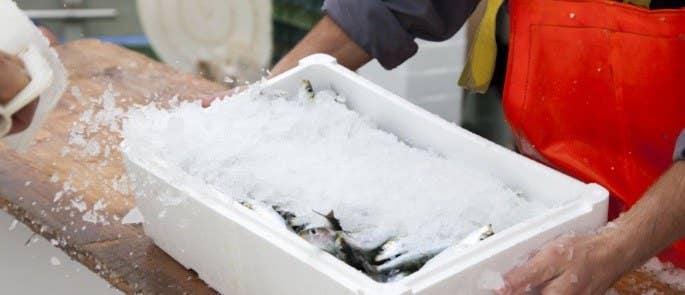
At What Temperature Must Frozen Food Be Delivered?
There are two types of frozen food, those classed as ‘Quick Frozen Food’ and any other frozen food.
Quick Frozen Food is governed by the Quick Frozen-Foodstuffs (England) Regulations 2007. It involves a process where food is rapidly frozen to -18 °C. This causes many small ice crystals to form in the product, which helps preserve its quality. The regulation states that Quick Frozen products should be kept at a temperature of -18 °C, or colder.
Other frozen food is not governed by the same Regulation, and must be kept at -15 °C, or colder. Traditional freezing methods tend to form larger ice crystals in the products, and these can damage the texture and quality, especially of meat.
During a normal frozen food delivery, the door of the delivery vehicle is opened and closed frequently. To allow for this, there is a temperature leeway of 3 °C. This means you can accept quick frozen food at -15 °C, or colder, and other frozen food is acceptable at -12 °C, or colder.
Need a Course?
Our Food Hygiene Training is designed to ensure a comprehensive knowledge of all food safety and hygiene procedures.
How Can I Tell What Temperature the Delivery Is?
Delivery vehicles must clearly show the temperature of the storage area. Many companies will require their drivers to frequently record the temperature of the freezer area at certain times throughout the day. Often, delivery drivers will write the temperature on the delivery note itself.
You are within your rights to check the vehicle temperature, or the temperature records, especially if you suspect temperature abuse. Temperature abuse is when food has not been stored at the correct temperature for a period of time. It then poses a health risk, as the potential bacteria growth is unknown.
One of the best ways to check the temperature of delivered goods is by using a thermocouple, as this will give you an accurate reading between the foodstuffs without the need to open any packaging. It is important you don’t open any packaging, as you may risk contamination.
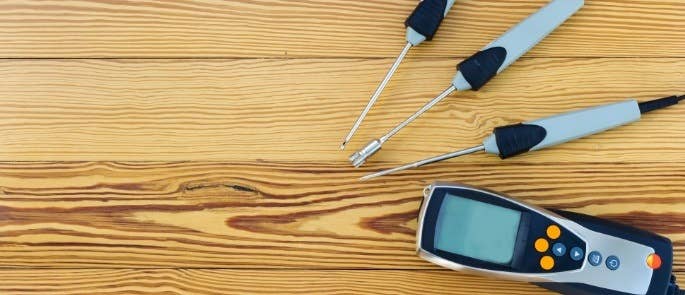
Should I Record Delivery Information?
Due diligence in food safety refers to being able to prove that your business has done everything reasonably possible to prevent food safety breaches. Therefore, most people involved in the supply chain of food products will encourage record keeping, in case they need it as a legal defence. It is also a requirement for the food operator to date and store the temperature records for at least a year. When you accept a delivery, you should also receive a copy of the delivery receipt. Keep these in a file in case you need to trace anything back, for instance in the case of contamination or food poisoning.
Do I Need to Check the Packaging?
Make sure you look at the condition of everything as it arrives. Packaging should not be damaged, as this could indicate the product inside is also damaged or unfit for consumption. You can reject any damaged containers, torn packages, or dented, rusty, leaking or blown cans.
Why Should I Check the Date Label?
Frozen foods generally come with long ‘best before’ dates, but it is good practice to check the best before or the use by date on receipt of any delivery. You are within your rights to reject any goods that are past their date.
How Quickly Should Frozen Food Be Stored After Delivery?
You should immediately take the delivered frozen goods and store them correctly in your freezer. As frozen food defrosts, psychrophiles can quickly grow. Psychrophiles are bacteria that grow at cold temperatures, between -5 °C to 20 °C. In their ideal conditions, some bacteria may grow and divide every twenty minutes, posing a serious risk to consumers’ health.
Fun fact!
- Ice cream is at its best when stored between -20 °C and -18 °C, but this is actually colder than most freezers! The ideal serving temperature is between -14 °C and -12 °C, when it will be firm enough to hold its shape, yet still easy to scoop.
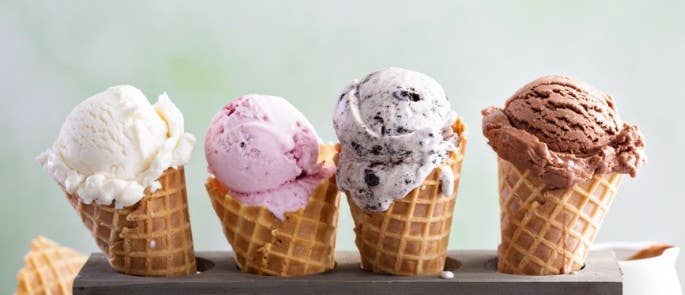
Food Delivery Checklist
Checking that each food delivery meets your procedures is vital to your food business. Here is a handy checklist that summarises the key points, you can use this as a reminder for you and your staff:
- Check the temperature – Quick Frozen products should be at least -15 °C, or colder, and other frozen products should be at least -12 °C, or colder.
- Record the temperature – Keep a record of delivery temperatures to prove due diligence. You can download and use our Temperature Record Sheet for Deliveries below.
- Check the packaging – Make sure food hasn’t been tampered with by checking the delivered goods all have sealed packaging. Check for evidence of pests, especially with dried goods. Bacterial contamination could cause chilled produce packaging, or cans, to blow. Make sure you reject any products with faulty packaging.
- Check the dates – Best before dates usually appear on canned, dried and frozen products. It is not an automatic offence to sell products past their best before date. However, the use by date for foods is the safe limit after which food is not safe to consume. High risk foods- for example, ready to eat foods, food high in protein and foods that require chilling- tend to have a short use by date as they are more likely to go off quicker. It is an offence to sell food past its use by date.
- Keep a copy of the delivery note – Keep all delivery notes together, safe in a file. You may need to trace an item back to a specific delivery.
- Store your delivery right away – Make sure you correctly put away all your deliveries in the correct places as soon as you receive them. Use your First In, First Out storage system and store food on the correct shelves to avoid cross contamination.
Remember, if a delivery doesn’t meet your expectations, such as if you reasonably suspect temperature abuse, or if any packaging is damaged in any way, you can refuse to accept the delivery.
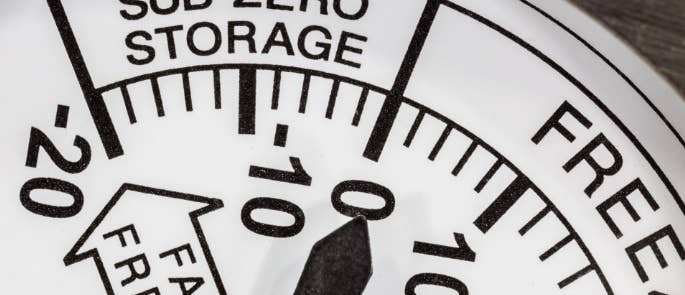
Free Downloadable Temperature Record Sheet for Deliveries
You can download and use our Temperature Record Sheet here:
As the person accepting the delivery, it is your responsibility to make sure the food you recieve is safe to pass on to the public. Furthermore, your records and files will help prove your due diligence, should the need arise. By following these steps, you’ll fulfil your legal duties, and protect consumers from harm.
What to Read Next:
- What is the Temperature Danger Zone? Free Food Safety Chart
- Restaurant Cleaning Schedule Template
- Food Supply Chain: Importance & Management Strategies
- Online Food Hygiene Training



